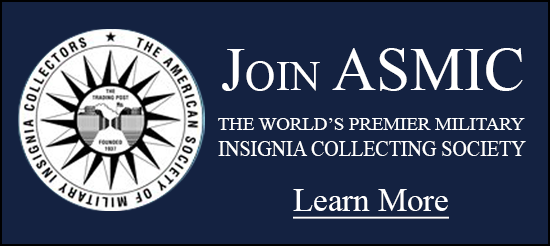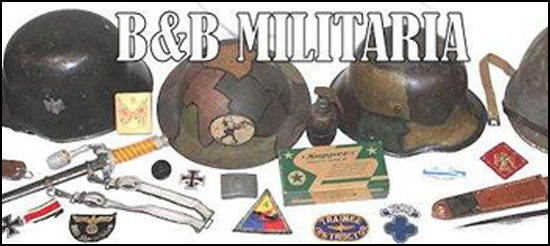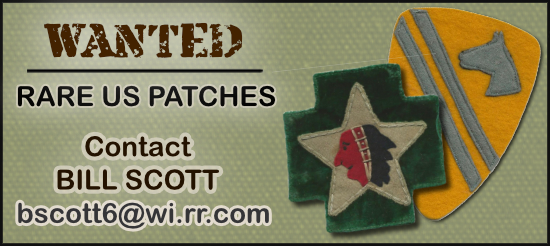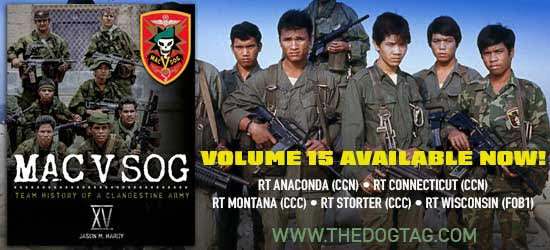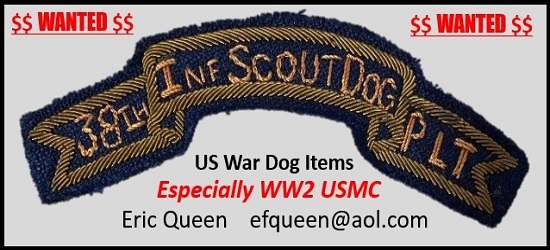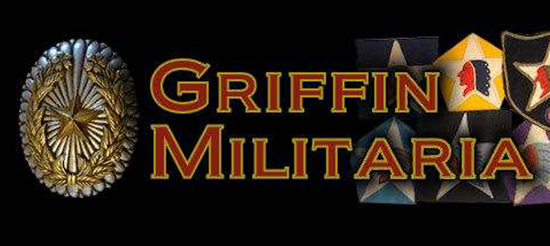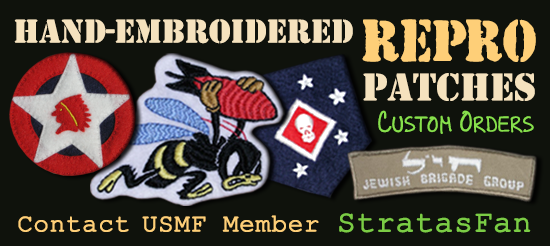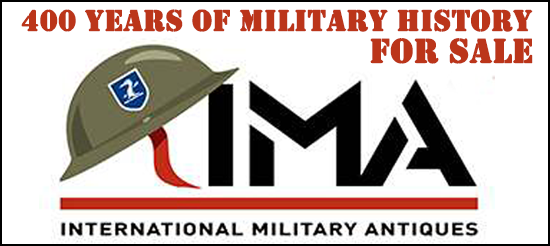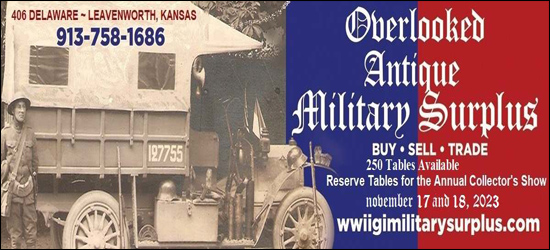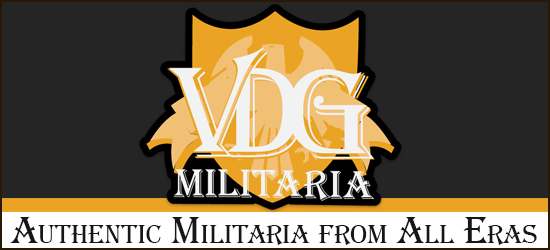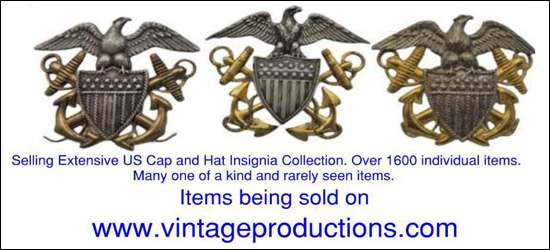-
Donate
Type donation amount in box below.
IMPORTANT! If you donate via PayPal using an e-mail address different than the one you are currently using on USMF and would like a 2024 Donor Icon added to your account, you MUST CONTACT vintageproductions or stratasfan and let them know what email address was used for the donation.
Thank you for supporting USMF.
Donate Sidebar by DevFuse -
Recent Posts
-

-
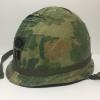
By trenchfoot · Posted
Frank Louis Jankech was born on November 10th, 1910 in Ohio to Josephus Jankech and Mary Gajewski as their third of an eventual four children. After the family moved to Michigan, he graduated high school in Gagetown and then began trade school for engineering. Likely spurred by the great depression, he turned towards the military and joined the Marines on September 12th, 1930 and completed basic training at Parris Island. He then attended sea school in Norfolk, VA in January 1931 and upon graduation, immediately shipped off to Coco Solo, Canal Zone on the USS Henderson to join the Marine Detachment, USS Rochester on March 28th, 1931. Built in 1893 initially as the USS New York and a veteran of the Spanish American War and WW1, she was a fast light cruiser with less armor than usual. She was now part of the fleet moving between Haiti and Nicaragua, and three days after Private Jankech joined, a category four earthquake devastated the capital of Nicaragua and killed over one thousand people. The USS Rochester was the first relief ship on scene and ferried refugees elsewhere, including defending from bandits and looters. The ship continued cruising around the area for the rest of the year, which saw Jankech promoted to Private First Class in October. Nicaragua Elections Jankech left the USS Rochester in February of 1932 and joined the Marine Detachment, USS Wickes in Central American waters, but switched to the USS Hannibal steamship and then finally the destroyer USS Sturtevant by April 30th. She arrived back at Nicaragua on July 11th where her Marine Detachment was split up with temporary duties on shore. PFC Jankech was pieced out to 1st Battalion, 5th Marines at Managua the next day. Presidential elections there were supervised by the United States, and Jankech was sent to the Nicaraguan Electoral Detachment on the 18th to guard voting. Interestingly, the president of the Advisory Department of Elections of the Masaya Department named Jankech president of the Electoral Department of the Canton of Veracruz on September 8th, which changed his temporary duties to Masatepe, Nicaragua for their electoral mission shortly after. In November, he transferred out of the country to the Submarine Base, Coco Solo, Canal Zone and was reduced to the rank of Private since he was no longer part of the ship detachments. He arrived back in the United States on January 7th, 1933 at Norfolk, Virginia, but quickly found himself back on the seas with the USS Henderson as the transport ship made tours of Cuba, Haiti and Panama for the next few months. Jankech’s next assignment would have a profound impact on his military career. He transferred to Aviation Service Company 1 at Quantico Virginia and then VO-7M as an airplane mechanic until his enlistment expired on September 11th, 1934. To the Army Air Corps Frank enjoyed his year stint as an airplane mechanic and wanted to continue his military career, but figured the Army would give him more opportunities. He traveled to New York to enlist in the US Army at Mitchel Field, and was immediately assigned to the 1st Observation Squadron. Jankech kept busy servicing their main airplane, the Curtiss O-1B Falcon, but also experienced the squadron testing other Falcon variants and a few Douglas observation plane types. On March 1st, 1935, they were redesignated as the 1st Bomb Squadron and began operating the Keystone B-6 which was a biplane and a bit outdated, which led to them being replaced by the Martin B-10 in 1936. By the time Jankech transferred to Headquarters Squadron, 22nd Bomb Group, he had reached the rank of Sergeant and continued to move up the ranks to Technical Sergeant by early 1941. The Second World War had already erupted in Europe two years prior, and the tensions between the United States and Axis powers was near a boiling point, but no one knew when it would go over. Pacific When Japan launched their surprise attack on Pearl Harbor on December 7th, 1941 which dragged the US into the war, TSgt Jankech was stationed with the 64th Bomb Squadron, 43rd Bomb Group in Maine, which was created as part of the build up for potential war. They immediately began flying anti-submarine patrols in the Atlantic until being alerted for shipment to the Pacific to support Allied troops fighting in the area. Jankech landed in Sydney, Australia on March 28th, 1942 and was promoted to Master Sergeant a few days later to serve as assistant line chief for repairing their B17 bombers. The 64th flew out of bases in Australia initially, but with the surrender of US forces in the Philippines and the need for planes elsewhere, the squadron relocated to New Guinea in late December. Their arrival allowed them to play a large role in the Battle of the Bismarck Sea to destroy a Japanese convoy leaving Rabaul to reinforce troops at New Guinea. Between March 2nd and 3rd 1943, the 64th employed skip bombing and high altitude strikes to attack the troop transports, scoring multiple hits and sinking ships along with other squadrons in the area. Out of 6,400 troops, only 1,200 of them managed to land at New Guinea. For their actions, the squadron was awarded a Presidential Unit Citation, and Jankech was presented with the Legion of Merit by General MacArthur. “For exceptionally meritorious conduct in the performance of outstanding services in New Guinea from 15 November 1942 to 31 March 1943. Master Sergeant Jankech served as assistant line chief for his squadron, and performed extraordinary work in maintaining aircraft in operational condition. Replacement parts were difficult to obtain, and maintenance facilities were extremely limited. When aircraft were grounded by defensive ignition harness, an unobtainable item, he secured materials and improvised a harness which served the purpose very satisfactorily. During the Bismarck Sea engagement of 2 and 3 March 1943, he worked night and day to enable his squadron to execute four missions in the two days. Master Sergeant Jankech’s talent for improvisation and devotion to duty contributed greatly towards the excellent operational record achieved by his squadron.” The 64th Bomb Squadron’s flying was not over yet. During 1943, the squadron continued to support ground forces in New Guinea and strikes on other islands in the Pacific. It attacked airfields and enemy installations in New Guinea, the Bismarck Archipelago, Celebes, and Halmahera. On one occasion, “MSgt Jankech and a detail of men changed a complete tire assembly on a B-17E in 30 minutes, making it possible for the plane to go on an assigned mission." Jankech eventually transferred back to the United States, arriving on February 2nd, 1944 at Fort McDowell, California. He served with many Air Force Base Units stateside for the remainder of the war, and even had duties in Alaska and England in 1946 and 1947. He officially joined the USAF when the branch was founded on September 26th, 1947 and continued serving until retirement on August 31st, 1954. He moved to Wisconsin with his wife shortly after and began a career in the local government of Merton. He passed away on October 14th, 2004. -

By Sailorjerry45 · Posted
Good Evening Gentlemen, I picked this uniform up relatively recently and just wanted to share it here. It is the uniform that i believe belonged to Michael W. Liskiewicz, a member of the 106th cavalry group, the uniform was purchased by a dealer from his estate however reading through the 106th cavalry group book I do not see any mention of his name. There is another name "Dunn" written on the inside of which there are 2 Dunns in the 106th cavalry group. Assuming however that this uniform was in fact Mr. Liskiewicz' he was taken prisoner in December of 44, released in October of 45 and appears to have transferred to the Austrian occupation force after his release which does seem to coincide with alot of members of the 106th, either way it is a very nice ike with an in country made 106th SSI and I'm happy to be its new caretaker. As always if anyone has comments or further information I would be happy to hear it. Many Thanks, Will -

By matthewbrach · Posted
Only 10 years later - The soldier who signed the top right corner is my grandfather SSG Burt Pfaff 1st Squad B Company 422nd of the 106th. Captured the morning of the 19th. -

By River Rat 1 · Posted
My first ship was the USS Proteus AS-19. I sometimes look for stuff from ships I been on. And saw this coffee cup I guess Capt. Foster passed away and his stuff was sold. My Captain was a few past Captain Foster figured someone from the same ship should own it and I bought it. And I will use it in the morning for coffee. -

By Edward C Bell · Posted
I just came back from an antique store, and am pretty happy with my finds. My first item is a WWII CBI (China-Burma-India) uniform. I notice that he has an USAAC patch but his collar brass is from the army corps of engineers. Maybe he was moved after serving in the USAAC? anyways, I like the bullion on it and I find it really nice. Next is a fairly small lot from a pilot who served in Vietnam and Korea. -

By Jones_Bradock · Posted
As a caretaker of correspondence I have been wanting to share this for some time. Not quite sure of the context. I have done the research and some of the soldiers remains have since been located and recovered. May not be easy to read, if that's the case I will try to upload Hi-Res pics. Thanks for your interest. -
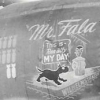
-

By atb · Posted
Unofficial and non-regulation, I think. They called things like this morale patches these days. -
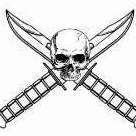
By Boone · Posted
Sorry to open this old thread, but I noticed that my Milpar M7 has these brown grips. I've had this M7 for several years, but there's no telling if these grips are original to this bayonet. Here's a photo next to an M7 with black grips and the numbers underneath.
-
-
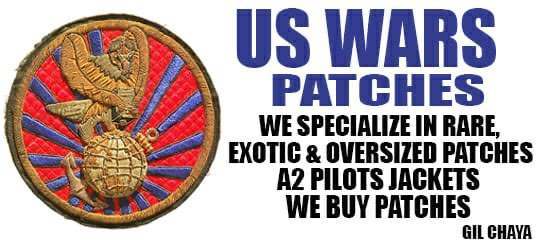
-

-
* While this forum is partially supported by our advertisers, we make no claim nor endorsement of authenticity of the products which these advertisers sell. If you have an issue with any advertiser, please take it up with them and not with the owner or staff of this forum.


